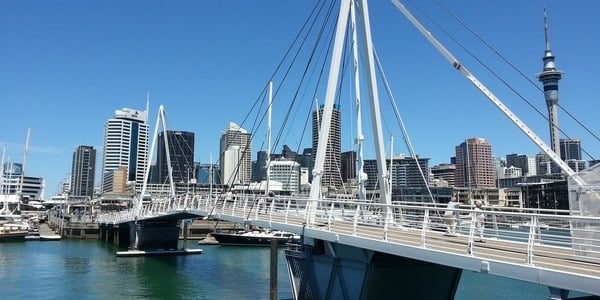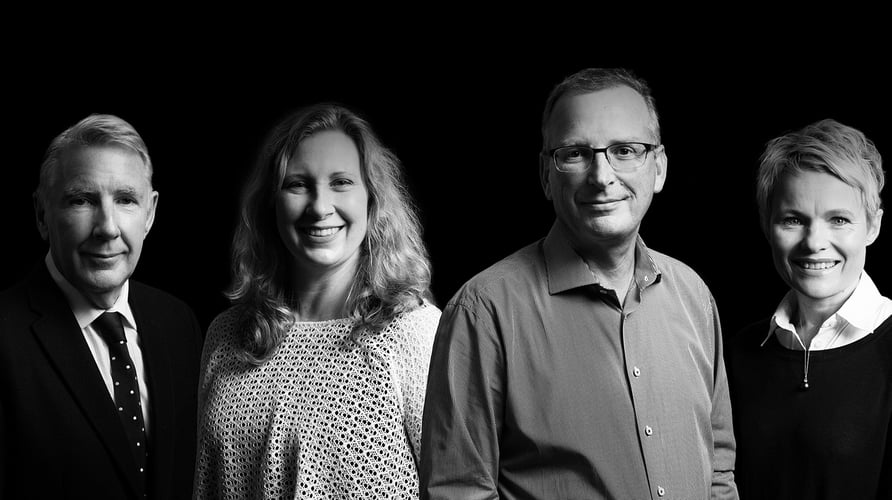Confidence: Business needs a framework, not another fund
.png?width=50&name=Olivia%20Blaylock%20(2).png)
.png?width=950&name=Olivia%20Blaylock%20(2).png)
Gearing up for 2026, New Zealand doesn’t lack ideas or ambition.
As an organisation that works closely with high-growth companies, I see every day that what business needs most is clarity, consistency, and confidence in the policy environment. Not another branded fund or one-off policy but a simple, durable framework that survives election cycles.
Recent proposals, including new tax settings arrive with worthy intent: lift investment, strengthen resilience, create opportunity. However, the challenge is not intent; it’s certainty. Owners and investors make multi-year decisions. When settings shift every few years, projects stall, hiring slows, and cap-ex gets pushed out.
Here’s a practical alternative: put a 10-year growth framework at the centre and let individual policies sit inside it. The framework should be public, bipartisan in spirit, and boring by design i.e. clear rules, clear timelines, and clear measures.
What business needs from any government
- Enduring settings. Lock in the core growth plan for at least a decade so companies can plan with confidence.
- A transparent infrastructure pipeline. Spell out what’s coming, where, when, and the capacity gaps so firms can invest in people, equipment, and innovation ahead of demand.
- Regulatory speed and predictability. Fewer surprises, faster decisions, consistent processes.
- Capacity alignment. Match policy ambitions with workforce, supply chain, and capital capacity so delivery keeps pace with announcements.
- A national “think big, build smart” stance. Aim high, measure rigorously, and borrow that challenger mindset that some of our best SMEs embody.
On funding mechanisms, whether it’s a future-oriented investment vehicle, changes to tax treatment, or borrowing, the test should be simple and visible to every Kiwi business owner:
- Clarity: What problem does this solve?
- Selection rules: How are projects chosen and by whom?
- Line of sight to productivity: How does this lift output, wages, exports, or resilience?
- KPI’s: What will be measured, how often, and what happens if targets aren’t met?
- Stability: What parts are locked for 10 years, and what parts can be flexible?
If investment vehicles are used, integrate them with existing long-term planning (e.g., infrastructure scheduling) rather than adding a parallel track. The goal is fewer moving parts, not more. And where tax settings are in play, connect revenue clearly to productive outcomes such as infrastructure, workforce development, and innovation so business can see the trade-offs and plan accordingly.
This is not a call for passivity. It’s a call for focus. We’ll get more growth from a predictable pipeline and stable rules than from any single headline policy. New Zealand’s advantage has always been our ability to move fast, collaborate, and punch above our weight. Let’s pair that with a framework that outlasts news cycles.
Business owners are ready. Give them the certainty to think big, invest earlier, and back themselves and they will do what they do best: create jobs, lift productivity, and build the opportunity New Zealand deserves.
Let’s choose confidence over complexity and frameworks over fanfare.



